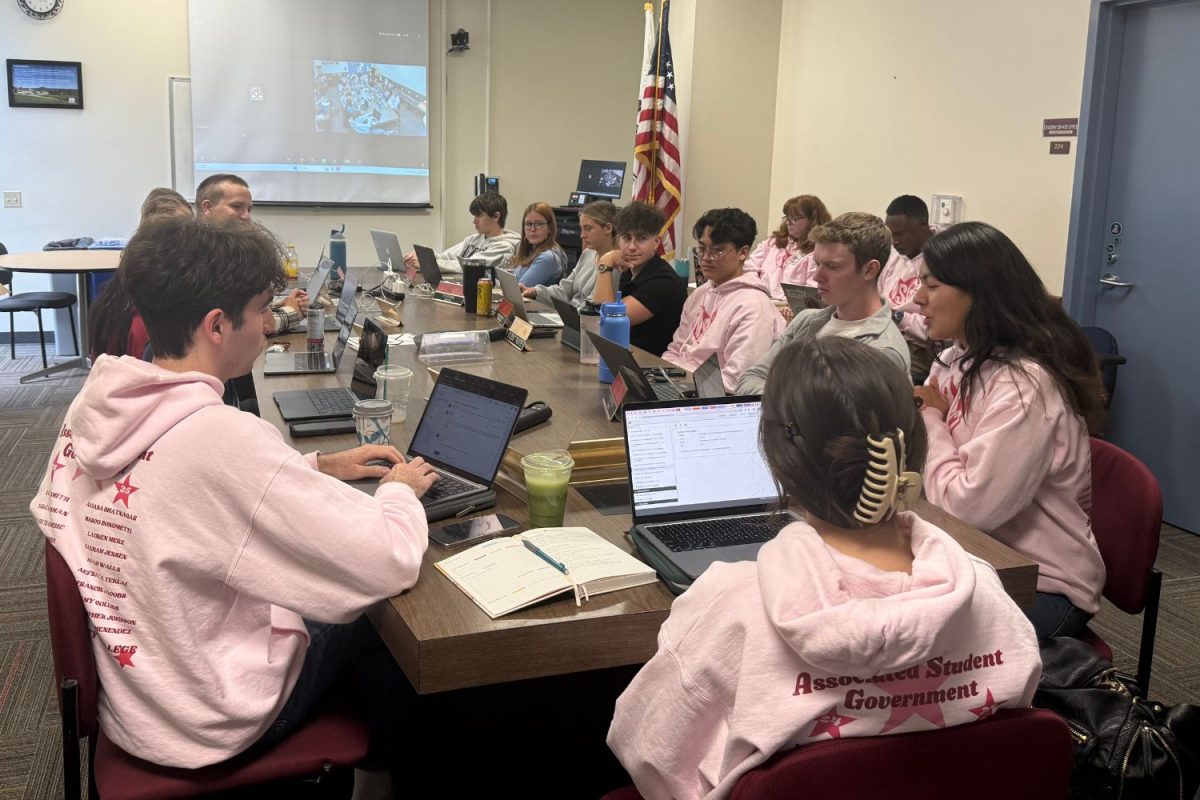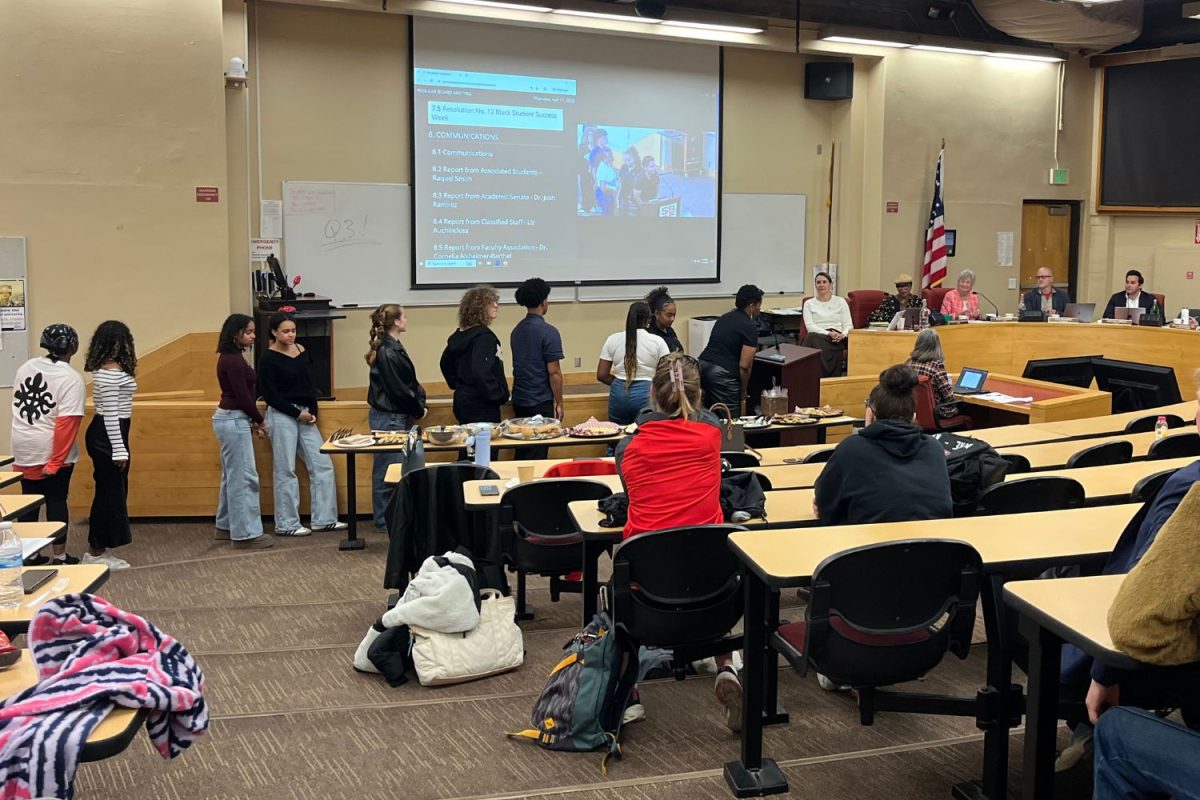When City College philosophy professor Chris Kramer was five, he accidentally told his first joke and the hysterical outburst from his family embedded in him a desire to understand humor on a deeper level.
He shared his findings on the chemistry of humor Friday, during a virtual lecture covering the science of humor and how to find humor in difficult situations such as a global health pandemic.
“A talk on humor … is not easy at a distance,” Kramer said. “You really need the in-person immediacy of interaction, and activation of our collective mirror neurons.”
“Mirror Neurons and Mirth Addiction” was set to be put on earlier in the semester by the college’s Neuro Club, but the lecture was rescheduled after the campus closure. It also would’ve been Kramer’s first campus-wide lecture at the college.
Kramer spoke about the connections between a human’s empathetic nature and the contagiousness of laughter. He began by explaining mirror neurons.
“These neurons connect us,” Kramer said. “They are dissolving the barrier between the self and others.”
The so-called “empathy neurons” were discovered in Italy in the late 80s while conducting experiments with the macaque monkey. Scientists observed how neurons lit up in one monkey doing a specific action but noticed that they also lit up in another monkey that was watching.
In humans, the most notable comparison is the contagiousness of yawning. The same region lights up in our brain when we see and hear others laughing, Kramer said.
“The more genuine the laughter is, the more contagious it is.”
The “aesthetic pleasure” and addiction of mirth is a result of our laughter, he said, and it can activate the same part of the brain that reacts to drugs. Nevertheless, it is a positive addiction with increasing benefits.
Kramer has published eight academic papers on the subject and his dissertation focused specifically on subversive humor.
The hour and a half lecture crammed in enough material for a semester, leaving some with many questions within the broadness of the field.
“The consequent vagueness of specific subtopics has geared me towards personal research,” said Kaeva Vorbeck, a sixteen-year-old dual enrollment student. “I am very interested in neuroscience and philosophy and so would want a specific follow-up lecture.”
Kramer hopes to expand on the field of humor to “foster openness, which pushes curiosity,” like the source of his own philosophical interest.
“You’re not going to learn much if you’re uninterested in it.”








